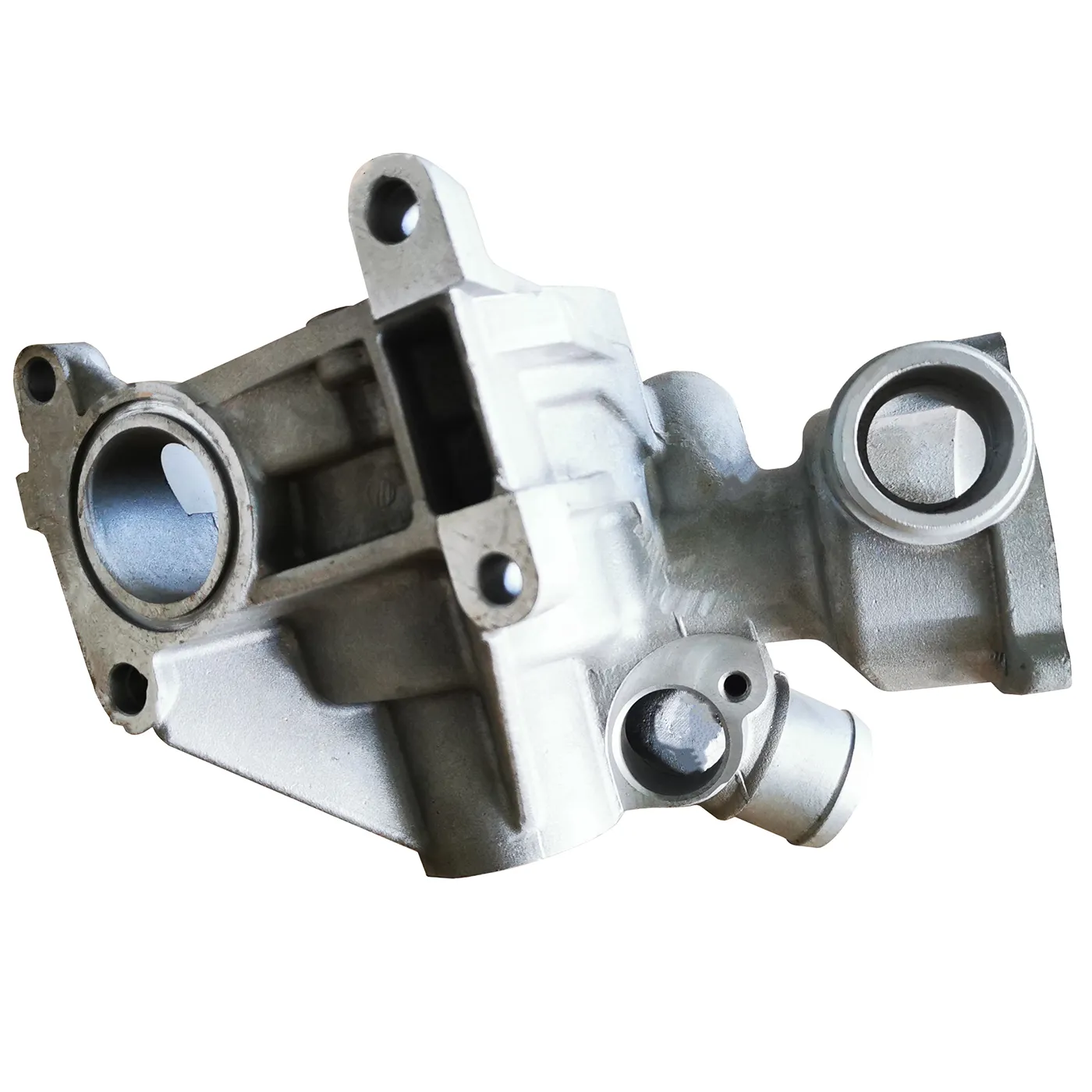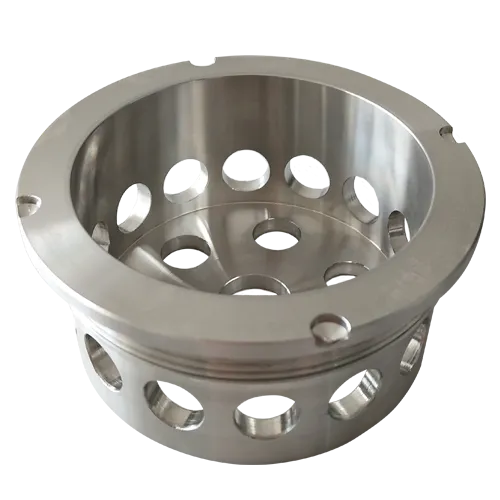Mobile:+86-311-808-126-83
Email:info@ydcastings.com
French
How to Cast Aluminum in Sand Step-by-Step Guide for Perfect Castings
- Introduction: Understanding the Basics of How to Cast Aluminum in Sand
- Essential Equipment and Materials for Sand Casting Metals
- Step-by-Step Process: From Mold Preparation to Aluminum Pouring
- Technical Advantages and Data-Driven Impact of Sand Casting
- Industry Manufacturer Comparison: Features and Performance Table
- Custom Solutions: Adapting Sand Casting for Unique Requirements
- How to Cast Aluminum in Sand: Key Applications and Case Studies

(how to cast aluminum in sand)
Introduction: Understanding the Basics of How to Cast Aluminum in Sand
Sand casting is a time-tested method for shaping metals such as aluminum and brass into a wide variety of complex forms. Knowing how to cast aluminum in sand
provides manufacturers, hobbyists, and engineers with a versatile route for low- to high-volume production. This process involves packing sand around a pattern, removing the pattern to create a mold cavity, and then pouring molten metal into the cavity. Sand casting is especially valued for its adaptability, cost-efficiency, and capacity to produce intricate geometries that are difficult or costly to achieve through other methods. As manufacturing demands rise worldwide, with global aluminum casting production totaling over 65 million metric tons in 2023, understanding sand casting methodologies is more critical than ever.
Essential Equipment and Materials for Sand Casting Metals
Successfully casting metal sand components depends on a carefully curated set of equipment and materials:
- Sand: High-quality silica sand, often mixed with clay, provides the backbone of the mold. The sand must offer both compaction strength and porosity to allow gases to escape during pouring.
- Pattern: The pattern, commonly made from wood, plastic, or metal, represents the negative of the final product. Aluminum patterns are used for high-volume applications, whereas polyurethane or wooden patterns cater to prototypes and short-run production.
- Molding box (Flask): This box frames and supports the prepared sand mold, comprising two parts: the cope (top) and drag (bottom).
- Melting furnace: Crucible or electric induction furnaces heat aluminum or brass to their respective melting points—660°C for aluminum, 950°C for brass.
- Pouring basin and runners: Channels cut into the sand direct molten metal into the mold cavity while minimizing turbulence and air entrapment.
- Personal protective equipment (PPE): Due to high temperatures, all operators must wear insulated gloves, face shields, heat-resistant aprons, and proper footwear.
Step-by-Step Process: From Mold Preparation to Aluminum Pouring
Sand casting aluminum or brass consists of systematic, detail-oriented stages:
- Pattern Creation: Build the positive mold pattern with allowances for shrinkage and machining. Apply parting agents for easy removal after molding.
- Mold Assembly: Pack sand firmly around the pattern inside the flask. Separate the cope and drag to extract the pattern, preserving the impression.
- Core Placement: For hollow or complex features, sand cores are inserted into the cavity before assembling the mold halves.
- Melting and Degassing: Charge the furnace with aluminum ingots, bring the metal to 700–750°C, and degas using nitrogen or a proprietary flux to minimize porosity.
- Pouring: Carefully pour molten metal into the mold using a controlled ladle flow to prevent inclusions and cold shuts.
- Cooling: Allow the casting to solidify, typically over 10–30 minutes depending on wall thickness and casting size.
- Extraction and Finishing: Break away the sand mold, clean the casting, remove runners/gates, and finish with machining or surface treatments as needed.
Technical Advantages and Data-Driven Impact of Sand Casting
Sand casting offers distinct value propositions for manufacturers:
- Versatility: Suitable for aluminum, brass, cast iron, and other alloys, with part sizes ranging from a few grams to several tons.
- Cost-Effectiveness: Pattern costs are significantly lower than those in die-casting; according to industry research, the tooling investment for sand casting is up to 90% less for short runs.
- Design Freedom: Complex internal pathways, ribbing, and undercuts are achievable using sand cores and split molds.
- Surface Finishing: With advancements in sand grain control and binder technology, surface roughness values as low as 6–10 Ra μm are attainable, reducing post-casting machining requirements.
- Yield and Scrap Reduction: Process improvements such as computer-aided gating design can elevate yield from 60% to over 80% in modern foundries.
Industry Manufacturer Comparison: Features and Performance Table
Selecting a manufacturing partner for sand casting—whether for aluminum or brass—depends on precision, capacity, technology adoption, and quality controls. Below is a comparative table highlighting leading global foundries based on casting accuracy, automation level, achievable weight range, and surface finish quality.
| Manufacturer | Country | Automation Level | Min-Max Casting Weight (kg) | Dimensional Tolerance (mm) | Surface Finish (Ra μm) |
|---|---|---|---|---|---|
| Alutec Metalworks | Germany | Fully Automated | 1 – 8,000 | ±0.7 | 7–10 |
| Greensand Foundries Ltd. | UK | Semi-Automated | 0.5 – 5,000 | ±1.0 | 9–12 |
| Indometal Castings | India | Manual with CNC Assistance | 0.2 – 3,000 | ±1.2 | 10–15 |
| Precision Brass Works | USA | Computer-Controlled | 0.1 – 2,000 | ±0.8 | 6–9 |
| MegaMold SandCast | China | High-Speed Automated | 2 – 10,000 | ±1.0 | 8–13 |
The table data highlights that both casting accuracy and surface finish quality improve as automation and digital design techniques are integrated into the casting workflow. When choosing a foundry, buyers should also consider certifications (ISO, NADCAP) and the ability for rapid prototyping or short lead times.
Custom Solutions: Adapting Sand Casting for Unique Requirements
Every application presents its own set of challenges—ranging from prototype manufacturing for aerospace to mass production in the automotive sector. Sand casting’s inherent adaptability lends itself to custom solutions:
- Rapid Pattern Prototyping: Modern foundries now utilize 3D printing for pattern creation. According to recent studies, additive manufacturing can reduce pattern development time from weeks to mere 72 hours, expediting product-to-market cycles.
- Material Flexibility: The process is not limited to aluminum alone; how to cast brass in sand follows similar steps with only minor variations in melting temperature and handling practices, allowing for easy material swap-outs based on engineering demands.
- High-Precision Cores: Investment in advanced binder technologies and refractory coatings for sand cores improves dimensional accuracy in channels as narrow as 1 mm, crucial for hydraulic components and turbocharger housings.
- Environmental Compliance: Custom sand reclamation systems reduce silica dust emissions by up to 85%, aligning with stricter regulatory mandates in Europe and North America.
- Project Management: Scalable solutions allow factories to adjust lot sizes from 10 pieces (for medical devices) to 100,000 pieces (for electrical enclosures), providing unmatched versatility across sectors.
How to Cast Aluminum in Sand: Key Applications and Case Studies
The utility of sand casting aluminum is evident in the diverse array of real-world applications and proven case studies:
- Automotive: Transmission housings, intake manifolds, and engine cylinder heads are routinely sand cast. One multinational automaker reduced component weight by 18% and production cost by 21% after switching to sand-cast aluminum replacements.
- Aerospace: Turbine impellers and support brackets benefit from sand casting’s ability to accommodate heat-resistant alloys and intricate internal passageways. In a recent project, sand casting enabled the prototype production of custom flight hardware in less than 3 weeks.
- Energy: Wind turbine hub components and power grid connectors leverage large-format sand casting—with single castings reaching up to 6.5 metric tons in one pour.
- Medical: Custom orthopedic implant casings and imaging device housings rely on short-run, precision sand casting. A biomedical device firm achieved a 40% reduction in lead time by adopting sand-molded aluminum prototypes.
- Art and Architecture: Landmark sculpture installations and decorative building elements frequently employ cast brass in sand for both static and load-bearing applications.

(how to cast aluminum in sand)
FAQS on how to cast aluminum in sand
Q: How to cast aluminum in sand?
A: Begin by creating a sand mold for your desired shape. Melt aluminum in a foundry or crucible, then carefully pour it into the mold. Let it cool before removing your cast aluminum object.Q: What types of sand are used to cast metal in sand?
A: Commonly, foundry sand such as silica sand mixed with clay or oil is used for casting metals. This combination provides the necessary strength and heat resistance. The grain size and additives depend on the metal and detail required.Q: Is it possible to cast brass in sand as well?
A: Yes, brass can be cast in sand molds using similar techniques as aluminum. The melting point of brass is higher, so appropriate safety precautions and equipment are needed. Make sure the sand mold can withstand the extra heat.Q: What safety precautions should be taken when sand casting metals?
A: Always wear protective gear including gloves, a face shield, and heat-resistant clothing. Ensure your workspace is well-ventilated and free of flammable materials. Handle molten metal carefully to prevent burns or explosions.Q: Why use sand casting for aluminum and brass objects?
A: Sand casting is cost-effective and allows for complex shapes without expensive tooling. It's suitable for both small-scale and large-scale production. The process is versatile and can be used for various metals like aluminum and brass.-
High-Performance Automobile Water Pump & Electric SolutionsNewsAug.30,2025
-
Expert Stainless Steel Casting | Precision & Durable Metal PartsNewsAug.29,2025
-
Precision Metal Castings: Aluminum, Stainless Steel & Die CastingNewsAug.28,2025
-
Superior Aluminum Castings in Automotive Engine PartsNewsAug.22,2025
-
Common Materials Used in Fan Housing ManufacturingNewsAug.22,2025
-
Symptoms of a Stuck Automobile Water Pump ImpellerNewsAug.22,2025











